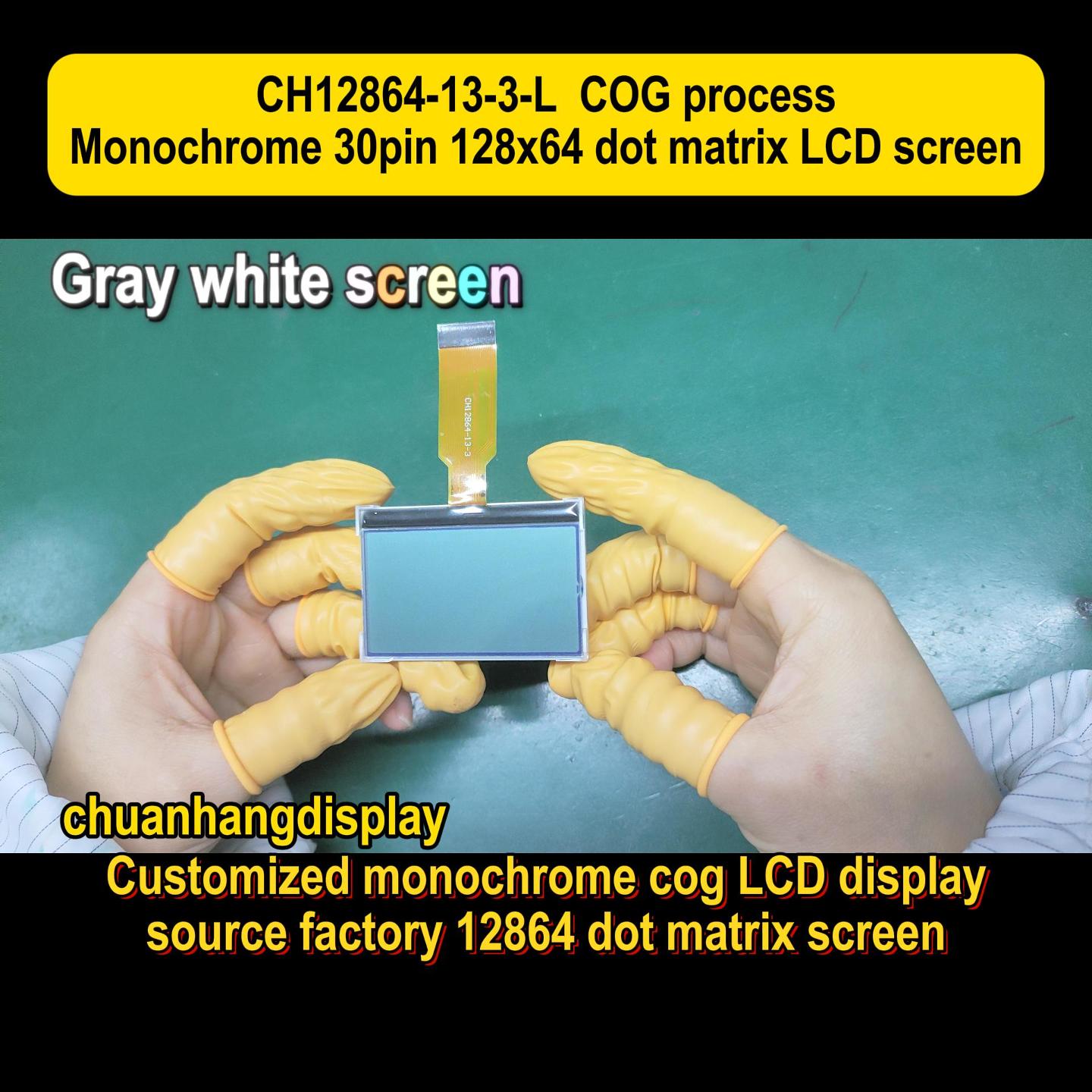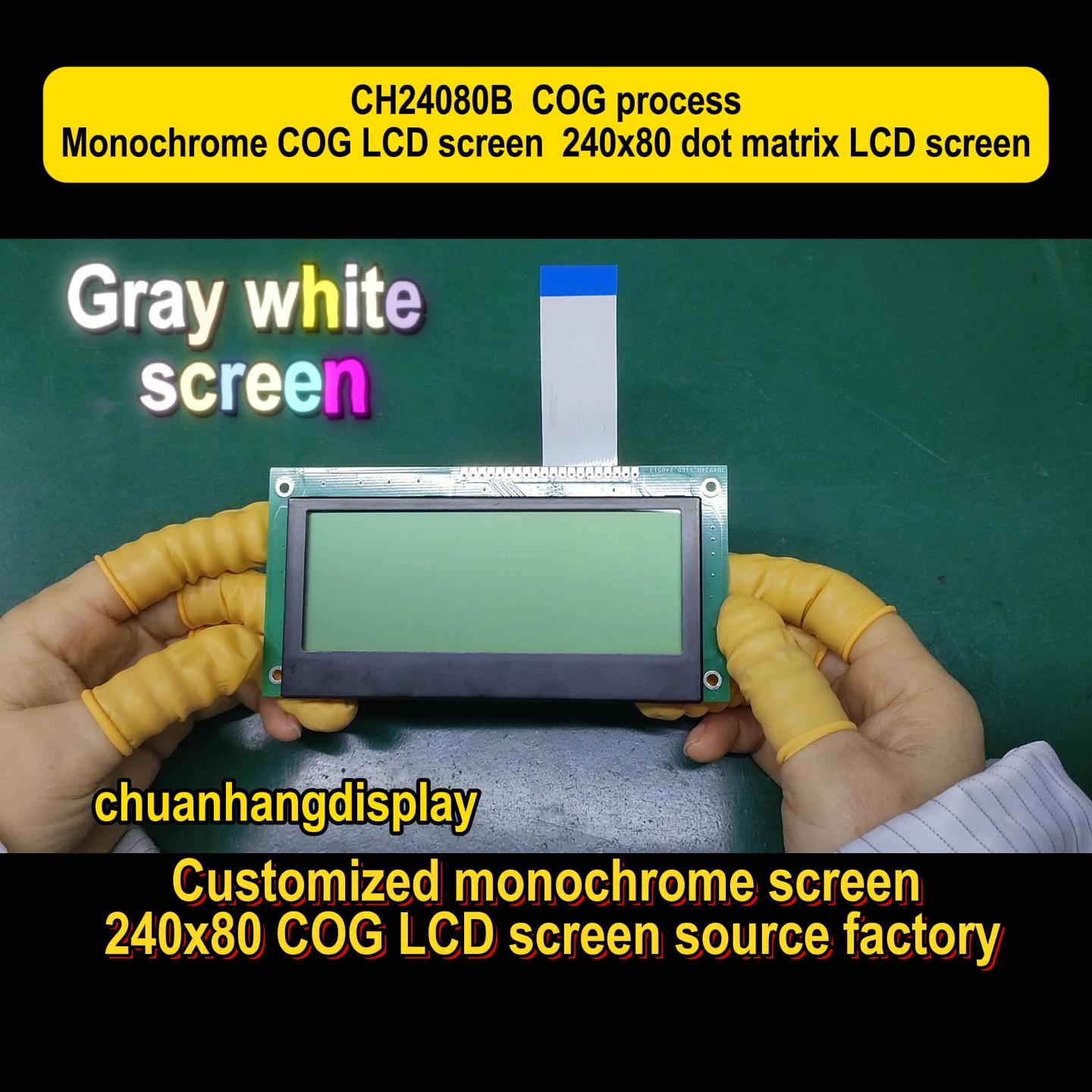In today's technology-driven world, LCD displays are integral to a wide range of products, from smartphones and televisions to industrial equipment and medical devices. The role of an LCD display supplier is crucial in ensuring that businesses have access to high-quality, reliable components that meet their specific needs. Choosing the right LCD display supplier can impact product performance, cost-efficiency, and overall market success. This article delves into the essential aspects of working with an LCD display supplier, providing insights to help you make informed decisions. We will explore various facets, including supplier roles, selection criteria, types of suppliers, industry trends, and evaluation methods. By the end, you'll have a comprehensive understanding of how to navigate the LCD display supplier landscape effectively.

An LCD display supplier is more than just a vendor; they are a strategic partner in the supply chain. These suppliers provide the essential components that power displays in consumer electronics, automotive systems, and beyond. Their responsibilities include manufacturing, sourcing, and distributing LCD panels, ensuring that products meet technical specifications and quality standards. A reliable LCD display supplier often offers additional services such as customization, technical support, and logistics management. For instance, in the automotive industry, an LCD display supplier might work closely with manufacturers to develop touchscreens that withstand harsh environments. By understanding the full scope of an LCD display supplier's role, businesses can foster collaborations that drive innovation and reduce time-to-market. Moreover, a proficient LCD display supplier stays updated with regulatory requirements, such as RoHS and REACH, to ensure compliance and sustainability.
Selecting the right LCD display supplier requires careful consideration of several factors to avoid pitfalls like delays or subpar products. First, quality assurance is paramount. A reputable LCD display supplier should have certifications like ISO 9001 and provide samples for testing. For example, in the medical field, where display accuracy is critical, suppliers must adhere to strict quality controls. Second, cost-effectiveness is essential, but it shouldn't compromise quality. An LCD display supplier offering competitive pricing while maintaining high standards can help businesses optimize budgets. Third, reliability in delivery and supply chain management is crucial. A supplier with a robust logistics network can prevent disruptions, especially in global markets. Fourth, technical expertise and support are vital. An LCD display supplier that offers design assistance and troubleshooting can save time and resources. Lastly, consider the supplier's reputation and client testimonials. Researching past projects and reviews can reveal consistency and trustworthiness. By evaluating these criteria, you can partner with an LCD display supplier that aligns with your business goals.
The market for LCD display supplier options is diverse, catering to different needs and industries. Understanding the types can help you choose the best fit. One common category is the manufacturer or OEM (Original Equipment Manufacturer), who produces LCD panels directly. These suppliers often have control over the production process, allowing for customization and scalability. For instance, a large-scale electronics company might work with an OEM LCD display supplier to develop proprietary displays. Another type is the ODM (Original Design Manufacturer), who designs and manufactures displays based on client specifications. This is ideal for businesses seeking tailored solutions without in-house design capabilities. Distributors or resellers form another group, acting as intermediaries between manufacturers and end-users. They offer a wide range of products but may have limited customization options. Additionally, some suppliers specialize in niche markets, such as high-brightness displays for outdoor use or flexible LCDs for wearable technology. By identifying the right type of LCD display supplier, you can streamline procurement and enhance product development.

Staying abreast of industry trends is essential when engaging with an LCD display supplier, as it influences product availability and innovation. One major trend is the shift toward higher resolution and energy efficiency. With the rise of 4K and 8K displays, suppliers are investing in advanced technologies to meet consumer demands. For example, an LCD display supplier might focus on developing panels with lower power consumption for mobile devices. Another trend is the integration of touch and interactive features, driven by the growth of IoT and smart devices. Suppliers are incorporating capacitive touchscreens and rugged designs to cater to industrial applications. Sustainability is also gaining traction, with many LCD display supplier entities adopting eco-friendly materials and processes to reduce environmental impact. Additionally, global supply chain disruptions, such as those caused by geopolitical issues or pandemics, are pushing suppliers to diversify sourcing and enhance resilience. By understanding these trends, businesses can collaborate with an LCD display supplier that is forward-thinking and adaptable.
Effective evaluation and collaboration with an LCD display supplier can lead to long-term success. Start by conducting a thorough assessment of the supplier's capabilities. This includes reviewing their manufacturing facilities, quality control processes, and financial stability. Site visits or virtual tours can provide insights into their operations. Next, establish clear communication channels. Regular meetings and progress updates with your LCD display supplier can prevent misunderstandings and ensure alignment on project goals. It's also important to define key performance indicators (KPIs), such as on-time delivery rates and defect percentages, to monitor performance. For instance, in the consumer electronics sector, a LCD display supplier might be evaluated based on their ability to meet tight deadlines for product launches. Building a partnership rather than a transactional relationship can yield benefits like priority access during shortages. Additionally, consider leveraging technology, such as supply chain management software, to streamline interactions. By following these practices, you can foster a productive relationship with your LCD display supplier.
In conclusion, selecting and working with an LCD display supplier involves multiple dimensions, from understanding their role to adapting to industry trends. A strategic approach can help businesses mitigate risks and capitalize on opportunities. As technology evolves, the importance of a reliable LCD display supplier will only grow, making it essential to prioritize due diligence and collaboration. By focusing on the factors discussed, you can navigate the complexities of the supply chain and achieve your objectives efficiently.
Q1: What is the typical lead time when ordering from an LCD display supplier?
A1: The lead time for an LCD display supplier can vary based on factors like order volume, customization requirements, and supply chain conditions. Generally, standard orders may take 4-8 weeks, while customized displays could require 8-12 weeks or more. It's advisable to discuss timelines upfront with your LCD display supplier to plan accordingly.
Q2: How can I verify the quality of an LCD display supplier's products?
A2: To verify quality, request samples from the LCD display supplier for testing and inspection. Check for certifications like ISO standards, and review their quality control processes. Additionally, ask for references or case studies from previous clients to gauge consistency and reliability.
Q3: What are the common challenges when working with an overseas LCD display supplier?
A3: Common challenges include language barriers, time zone differences, logistics complexities, and potential import/export regulations. To mitigate these, choose an LCD display supplier with experience in international trade, use clear contracts, and consider hiring a local agent for smoother communication and compliance.
Q4: Can an LCD display supplier assist with custom display designs?
A4: Yes, many LCD display supplier options, especially ODMs and some OEMs, offer customization services. They can help with design modifications, such as size, resolution, and touch features, to meet specific project needs. It's important to provide detailed specifications and collaborate closely during the design phase.
Q5: How do industry trends like sustainability impact an LCD display supplier?
A5: Sustainability trends push an LCD display supplier to adopt eco-friendly practices, such as using recyclable materials, reducing energy consumption in manufacturing, and complying with environmental regulations. This not only meets consumer demands but also can lead to cost savings and improved brand reputation for both the supplier and their clients.